Southern Egypt, also known as Upper Egypt, is most famous for the scores of majestic ancient temples that still line the shores of the Nile River for hundreds of miles. Of all the towns and villages in this region, Aswan is the largest in the far south of Egypt and a favorite base from which travelers have set out to visit and explore these ruins for thousands of years. And of all of the temple ruins reachable from Aswan, Abu Simbel is by far the largest and most famous of them all.
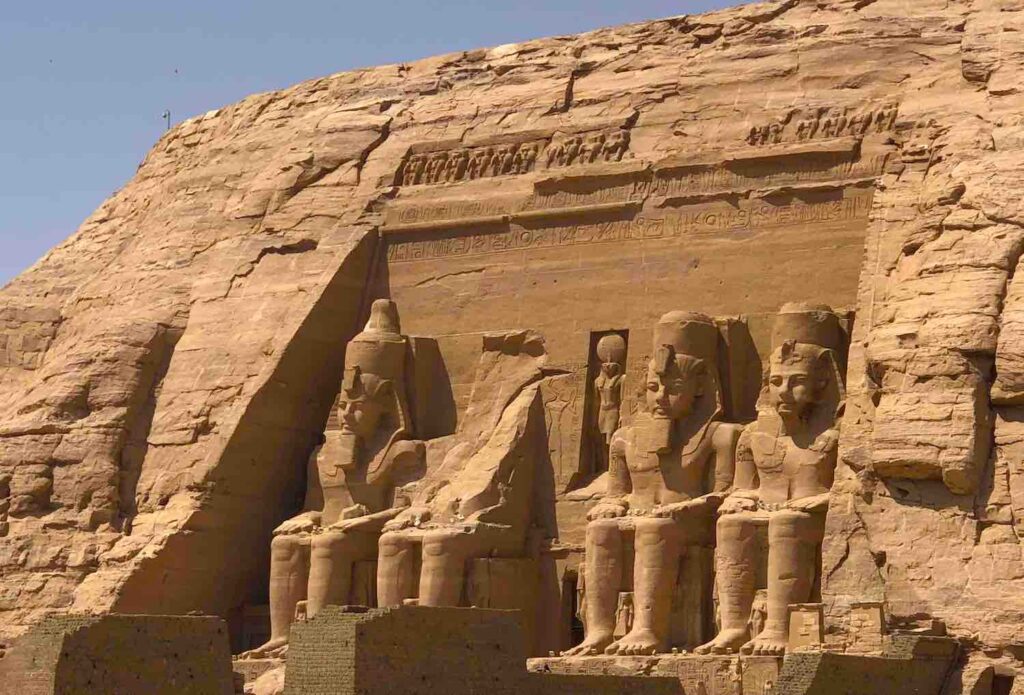
Although they are almost as far apart from one another as are Aswan and Luxor, Aswan and Abu Simbel are almost always linked together because it is rare for a visitor to visit one without next visiting the other. In fact for Abu Simbel, it is virtually impossible to visit this site without first going through Aswan together there, whether one goes by road or by air. Aswan is not only a convenient base for explorations of the far south of Egypt; indeed, it is a necessary gateway to this region.
Aswan is a small and super relaxed little town along the Nile, even smaller and more relaxed than Luxor. The main sites in Aswan are the Temple of Philae, the Nubian Village, and the Aswan High Dam. I’m personally not a huge fan of the damn and, although the Egyptians are very proud of it, I think you can skip it and not miss anything at all. It’s not an ancient or historical site, and really the only thing it’s notable for is finally controlling the annual flooding of the Nile. But that’s something more suitable for someone to tell you about verbally. You don’t need to go see the Aswan High Damn (and it’s not even that high compared to major dams we have in North America, Europe, and Asia) in order to get this point.
So unless you’re spending a few days in Aswan and run out of other stuff to see or do, take my advice and just skip the dam tour and spend more time wandering around the Nubian Village. This site, which is located about halfway between downtown Aswan and the site of the dam, is a remarkably colorful, fun, and whimsical collection of traditional Nubian houses and buildings along the shores of the Nile. There are several places in Aswan that call themselves a “Nubian Village,” but there’s really only one real Nubian Village when everyone talks about this site and it’s the larger one 30 minutes south of Aswan by boat on the western bank of the river.
If you’re into photography or even just like finding Instagrammable scenes, you can easily spend a few hours in the Nubian Village doing photo shoots of yourself and the colorful walls, doors, and vistas, both interior and exterior. Don’t be afraid to wander inside of places if their doors are open. Many restaurants and cafes have nooks, stairways, and terraces that make some of the most incredible shots you’ll find. It’s also nice to plan to have lunch there too, but if you’re going to be more than about three hours in total just make sure you are clear with the boat driver that takes you there about when you expect to be ready to leave. Sometimes it can be difficult to find a boat back if you’ve only arranged for one-way transportation to the village from downtown Aswan.
Aswan and Abu Simbel
If you want to squeeze in another museum, the Nubian Museum there is small but surprisingly quite nice by Egyptian museum standards. It obviously focuses more on southern Egypt’s Nubian heritage, but you’ll also find a lot of artifacts that look similar to the ones on display in other museums throughout Egypt. You’re not missing much if you don’t make it there, but if you have some extra time it can be a worthwhile way to spend an hour or so while there too.
The last major site worth mentioning in Aswan proper is the Temple of Philae. This entire temple was relocated from its original location, which became partially submerged in water after the original Aswan dam was built in the early 20th century, to its current location on a small island in the middle of the Nile in Aswan.
While the original Aswan dam threatened the preservation and integrity of several ancient sites along the Nile in southern Egypt, the more modern Aswan High Dam threatened to submerge and destroy many more. The most magnificent of these temples that faced ruin due to the High dam project were two massive structures carved into a mountain and dedicated to Ramses II and his favorite queen Nefertari.
So aghast was the world at the potential loss of these incredible ancient monuments that UNESCO and an international coalition of donors came together to undertake a project to carve the massive temples out of their original mountain and relocate them on the side of another mountain on higher ground. As a result of their unprecedented feats of engineering and determination to save Egypt’s endangered history, these imposing temples today are preserved for all to admire at their new site of Abu Simbel.
Abu Simbel is about a three-hour journey even further south than Aswan, very close to the Sudanese border on the shores of Lake Nasser, which is the reservoir created by the construction of the Aswan High Dam. Abu Simbel is accessible by a short flight from Aswan on EgyptAir, although most visitors to this site endure a super early wake-up to make it into the 5 a.m. mandatory convoy that escorts large groups of tourists to and from Abu Simbel every morning. There is now only one convoy per day to Abu Simbel, and no travel there is permitted outside of this convoy. This rule is strictly enforced by the Egyptian State Security Service, so it’s critical to make logistical arrangements for getting to Abu Simbel in advance.
Abu Simbel excursions usually cost between $50 and $120 per person, depending on whether you’re going with a big group on a tourist coach or taking a private car and private guide with just one or two others in the convoy. Regardless, you’re going to need to budget two extra days for the journey if you want to include Abu Simbel in your itinerary. One of those will be to get to Aswan and the other will be for the all-day trip to and from the site. Remember that it’s a three-hour trip from Aswan down to Abu Simbel, and a three-hour trip back. You’ll be allowed a few hours to spend time there and explore the site, but expect the nine-hour excursion to really wear you out.
And that’s about it for Aswan and Abu Simbel. If you have any further questions, always feel welcome to email me and I’m more than happy to help travelers plan and answer all the questions I can.https://hurghadaexcursion.com/


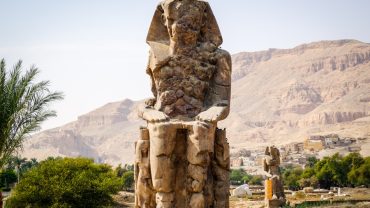



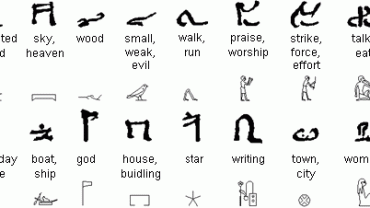



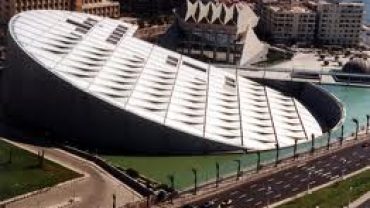



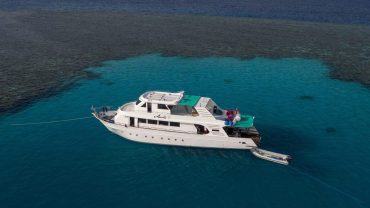



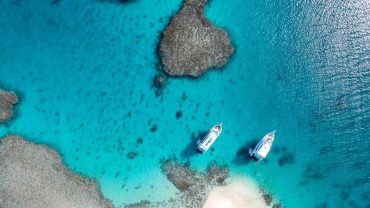







Comment (0)